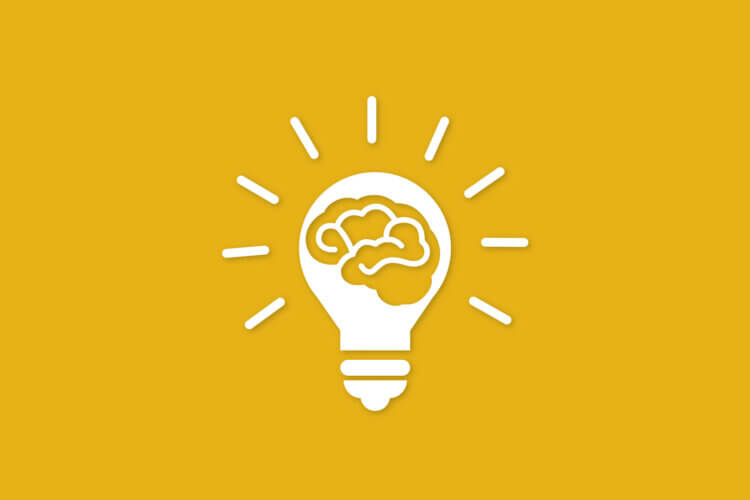I have a love-hate relationship with Instagram. I hate myself for checking it way too often. On the other hand, it’s a platform where I go to learn about the things I love, like cycling or events.
I use Instagram to find answers to my questions. In fact, I found some of the greatest insights for my career as an event professional there.
Sounds strange? Not really.
There is one great thing that Instagram did that we, meeting planners, can learn from.
Instagram enabled people to have conversations at scale.
Last year, when the company introduced a Q&A feature to Stories, it practically redefined the way we consume content.
I was no longer a passive consumer. I could now actively interact with my favorite accounts and influencers.
With the new feature at play, many Instagrammers started running AMA (Ask Me Anything) sessions, where they opened up to their followers, answering tons of questions.
From one day to another, Instagram came from being a one-way love affair to a place where great conversations happen. A place that allows for an unparalleled engagement between people for their mutual benefit.
I was taken aback.
Now, being in the events industry, I instantly connected this shift to presentations.
If even social media has turned away from a one-way content broadcast, how come we still attend events where we sit back and listen passively to speakers without a chance to participate?
Hence, I put down these 3 things that Instagram did right, which I believe every meeting planner should take away for designing education at events.
#1: Create space for conversations
By adding the Q&A feature into their playbook, Instagram allowed for a two-way interaction between users, in contrast to a one-way content broadcast that the users were used to before.
Instagrammers are thus able to build meaningful conversations with their base of followers, giving them a voice, building rapport and deepening the impact of the content they share.
Take advantage of this model at your events by keeping on using conversational session formats, like AMA, fireside chats, or panels. As for the latter two, make sure to facilitate the discussion well and involve the audience in the conversation.
#2: Use technology to manage conversations at scale
Thanks to the Instagram Q&A, influencers are able to collect hundreds of questions at once, learning about what their followers want to know and what they care about.
As an event professional, you need to do the same. Equip your audience with a live Q&A platform so that they can submit their questions for your speakers. This way, everyone in the audience gets a chance to post a question, setting a base for a rich conversation.
The Q&A tool also enables attendees to upvote the questions that are already submitted, pushing the most important questions to the top. This way, even if you get dozens of questions, the speaker can answer the ones that are most relevant to the audience.
#3: Make learning question-driven
For Instagram users, being able to ask and get answers to their specific questions adds another layer to the whole Instagram experience: They’re learning stuff that’s relevant to them.
Catering to the learning experience of attendees is a powerful weapon for event profs to wield. If the speaker is confident enough to tackle real-time audience questions, the audience will hang onto their every word, making the experience tailored to their wishes. Shoutout to Gary Vaynerchuk, who’s the king of live Q&A sessions.
Crowdsourcing questions at events might as well become a highlight of every session and enhance the overall learning experience for attendees.
If we allow attendees to interact with the speaker, they will learn. Otherwise, we risk that they will just be looking at pretty pictures. Just like they once did on Instagram.




